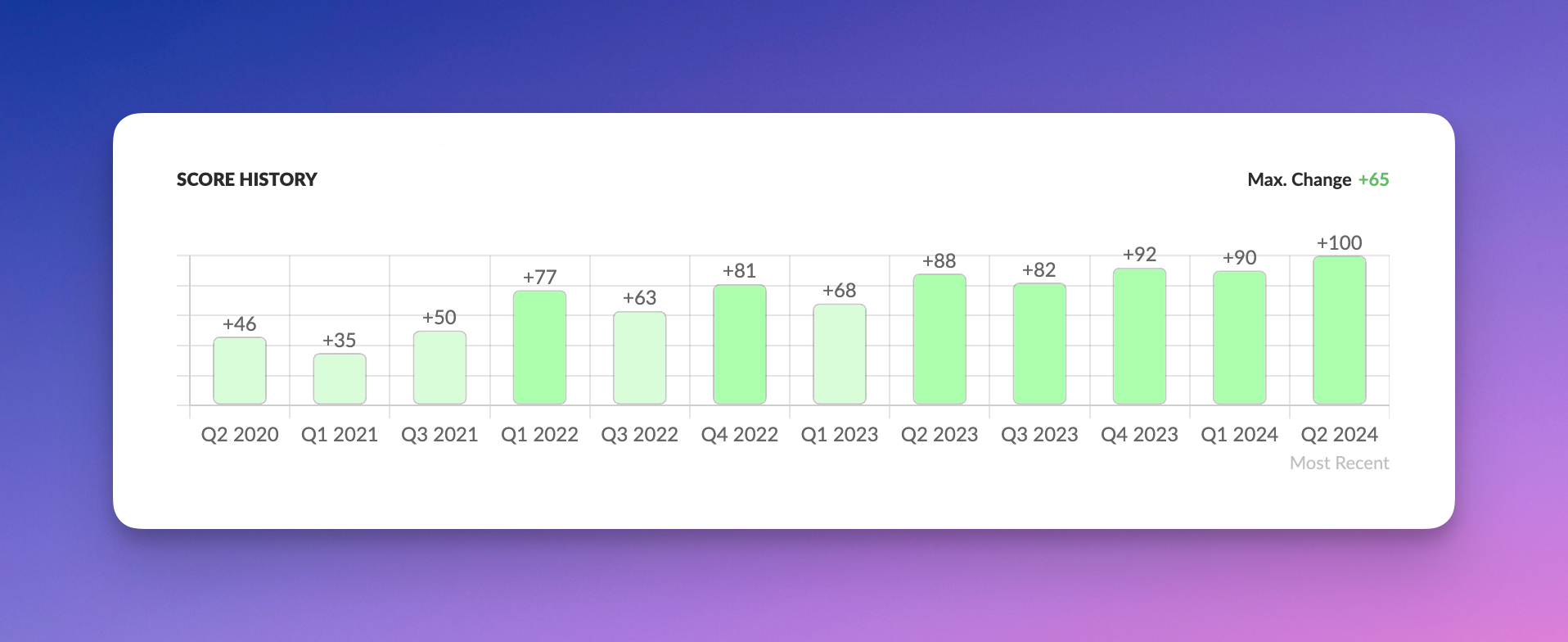Why Listening and Sharing Context is Often More Effective Than Immediate Action
As a leader, when you receive critical feedback from employees, the natural instinct is to jump into problem-solving mode. After all, leaders are biased toward action. However, research in organizational psychology suggests that in many cases, the most effective response is not to immediately try to fix the issue, but rather to focus on communication - both listening to fully understand the employee's perspective, and sharing additional context to ensure alignment.
Two Approaches to Responding to Critical Feedback
Consider two potential approaches:
- Approach A involves trying to uncover the source of the negative feedback in order to precisely target corrective actions. While this may seem logical, it often backfires. Probing to identify who provided the critical feedback can damage psychological safety on the team. Employees may feel their anonymity has been compromised and become hesitant to share candid opinions in the future. Confronting people about negative feedback also tends to make them defensive, reducing their openness to considering other perspectives and working toward solutions.
- Approach B, supported by behavioral science, focuses on openly acknowledging the feedback, committing to aspects that can be acted on, and transparently sharing the reasons why other aspects cannot be addressed in the near-term. For example, imagine a group of employees are requesting a costly new benefit. If it's simply not affordable for the business at the moment, leadership should explain the financial constraints and perhaps ask the team for ideas on how to reach revenue milestones that would allow the company to fund the benefit in the future. Honesty, clear communication, and involving employees in problem-solving enhances trust and buy-in.
The follow-on implications of each approach matter to the continuity and honesty of the feedback that will drive future decisions. Leaders must play the primary role of "objection handling" in a way that fosters trust while also managing expectations and providing clarity.

Keeping Critical Feedback in Perspective
It's also crucial for leaders to keep the critical feedback in perspective. Due to negativity bias, we tend to dwell on a few pieces of negative feedback and overlook the positive. In reality, the criticism often represents the views of a small subset rather than the majority. Recognizing employees who share constructive suggestions encourages more of that behavior.
One area where this measured approach is being tested is work-from-home policies. Many employees vocally advocate for extensive remote work for the convenience it provides. However, leadership must weigh this against the impact on accountability, growth, and development of the collective. Finding a balance requires open conversations, acknowledging individual preferences while explaining the broader considerations shaping the policy.
Leveraging Company Values in Difficult Conversations
Importantly, a company's core values should be a north star during challenging conversations. Values alignment helps teams navigate difficult situations with a shared framework. For example, if "assume positive intent" is a core value, leadership can reference that to productively discuss critical feedback. Or if "growth mindset" is a key principle, managers can emphasize how different viewpoints, even critical ones, contribute to learning.
Drawing on the organization's values in this way creates unity and strengthens culture. Ultimately, values should guide actions and decision-making, especially in thorny situations.
Examples of how to open a discussion with your teams to address critical feedback:
- "I appreciate you sharing your concerns about [issue]. I'd like to take some time to fully understand your perspective and share some additional context. Let's focus our discussion on the most critical aspects of this issue and explore potential solutions together."
- "The feedback you provided on [topic] is valuable. While we may not be able to address every aspect immediately, I want to have an open conversation about the key areas where we can make meaningful progress. Let's start by identifying the top priorities based on your input."
- "I know [problem] is a source of frustration for many of you. Our company values of [relevant values] should guide our approach to this challenge. I'd like to hear your thoughts on how we can align our actions with those principles while focusing on the most pressing concerns you've raised."
- "Thank you for candidly expressing your views on [subject]. Hearing diverse perspectives, even critical ones, is essential for our team's growth. I want to share some of the considerations shaping our current approach and collaborate on identifying the most important areas where we can take incremental steps to address your feedback. Let's begin by highlighting the main themes from your input."
Focusing on Small, Meaningful Actions
Additionally, it's easy for leaders to fixate on the big demands surfaced in employee feedback that seem unreasonable or unattainable. But major progress often comes from an accumulation of small actions.
Imagine an employee group is expressing frustration with a lack of career development. Overhauling the promotion process or adjusting everyone's compensation is probably an unrealistic short-term solution. However, smaller steps can likely make a meaningful difference - setting aside an hour per month for managers to discuss growth with their direct reports, creating a peer mentoring program, or providing access to an online learning platform. Focusing on incremental actions demonstrates responsiveness and builds momentum for ongoing improvement.
Conclusion
Navigating challenging feedback is a core part of leadership. By resisting the urge to react and instead engaging in productive dialogue, you have an opportunity to strengthen relationships and rally the team around shared goals. At the end of the day, everyone wants to create a work environment that supports both the company mission and each employee's success.
Tools like Happily.ai can be a major asset in this process. This AI-powered platform helps HR and managers retain top talent and keep teams engaged with integrated tools for continuous feedback, recognition, and growth. With data-driven insights into employee sentiment and durable performance gains of teams that use Happily, it's an invaluable resource for building an exceptional work culture. Check out happily.ai to learn more.










